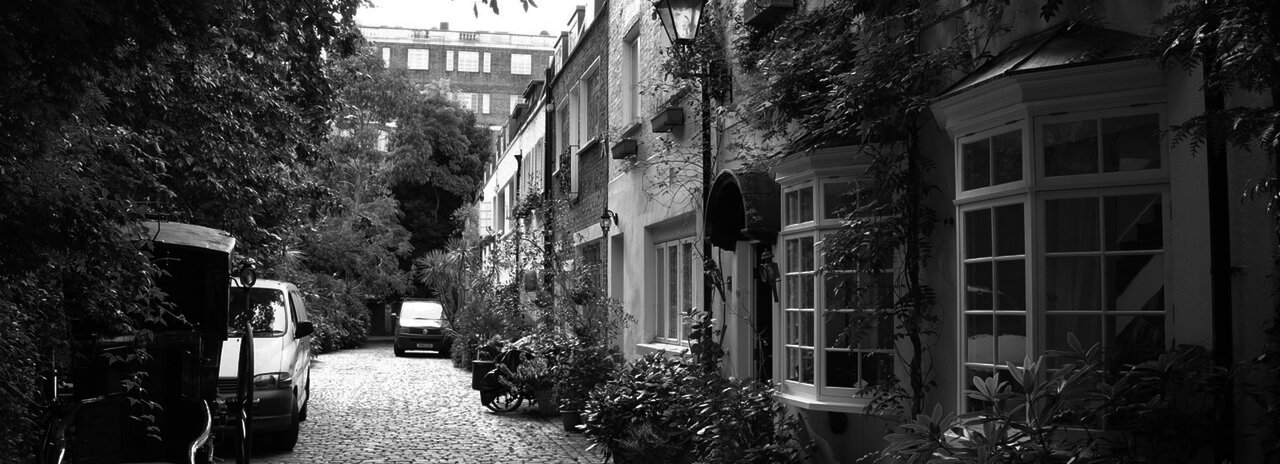Furnished holiday lettings enjoy favourable tax treatment as long as certain conditions are met, allowing landlords of holiday lets to access certain valuable reliefs, such as business asset disposal relief and business asset rollover relief. The landlord can also claim capital allowances for items such as fixtures, furniture and equipment.
As winter approaches and bookings start to dwindle, longer lets can be appealing. But is this wise from a tax perspective?
Conditions
To qualify as a furnished holiday let, the property must be furnished and must meet the following three occupancy conditions:
- The availability condition – the property must be available for letting as furnished holiday accommodation for at least 210 days in the tax year (excluding days when the landlord stays in the property).
- The letting condition – the property must be let commercially as furnished holiday accommodation for at least 105 days in the tax year. Lets of 31 days or more and lets to family or friends free of charge or at a reduced rate are ignored.
- The pattern of availability conditions – lets exceeding 31 days must total 155 days or less in the tax year.
Consequences of longer lets
The nature of holiday letting is that it comprises numerous short stays by different people. Lets of 31 days or more are not regarded by HMRC as holiday stays and are ignored in working out whether the conditions set out above for a property to qualify as a holiday let are met. The exception to this is where the property was initially let for a period of less than 31 days, but due to unforeseen circumstances the guests were unable to leave on the planned date and remained in the property for 31 days or more. This may be the case, for example, if the guest becomes ill and is unable to travel home or if their flight is cancelled or delayed.
If the property is let for longer lets of 31 days for 155 days in total, it will not be possible for the availability condition to be met as this requires the property to be available as a furnished holiday let for at least 210 days in the tax year. A single let of five months or more will mean that the property will, for that tax year, not meet this condition. Where long lets are mixed with shorter lets, it will also make it more difficult to meet the letting conditions as this requires the property to be let as holiday accommodation for at least 105 days during the tax year ignoring lets of 31 days or more.
So what you should you do if you get the option of a longer let during the closed season? If the let will not take the total number of days for which the property is let for periods of 31 days or more to 155 or above, this may not be a problem as long as the availability condition will still be met. However you will still need to meet the letting condition.
If the longer lets breach the availability condition, all is not lost. If you have other holiday lets, the property may qualify on the basis of an averaging condition. If this does not work and the property has previously qualified as a furnished holiday let, a period of grace election may save the day.
Depending on the circumstances, it may be possible to ‘have your cake and eat it’ and enjoy the rental income from a long let while the property may otherwise be empty, whilst still qualifying as a furnished holiday let.

